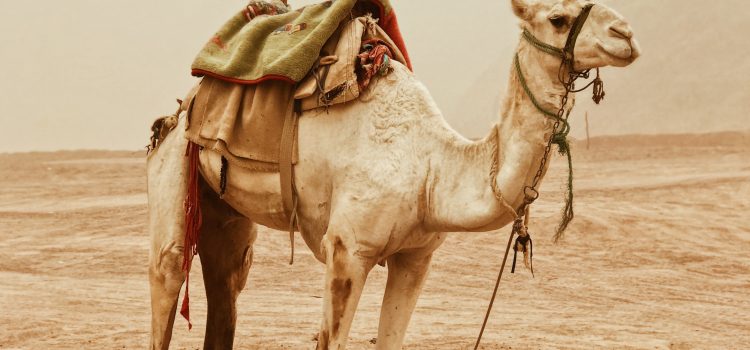
Camels have been an integral part of human life for centuries, particularly in the Middle East and North Africa. They are well-known for their ability to survive in harsh environments, but they also provide a variety of resources that have helped sustain human populations for generations. From their milk to their meat, camels have been a vital resource for humans throughout history.
Camel milk is a nutritious and important source of food for many people in arid regions where other sources of food are scarce. It is particularly high in vitamin C and iron, and is believed to have medicinal properties. In fact, camel milk has been used for centuries as a traditional medicine to treat a variety of ailments. More recently, scientific studies have shown that camel milk may have potential as a treatment for conditions such as diabetes and autoimmune disorders.
Camel meat is also an important source of food for many people. It is leaner and lower in cholesterol than beef or lamb, and has a unique flavor. In some cultures, it is considered a delicacy and is reserved for special occasions. In addition, camels are used for their hides and their hair, which can be woven into textiles and rugs.
Camels have also played a significant role in transportation and trade. They were used as pack animals on long-distance journeys across the desert, and were particularly important for trade routes in the ancient world. In fact, the famous Silk Road trade route that connected China and Europe relied heavily on the use of camels.
In addition to their practical uses, camels have also played a significant role in religious and cultural traditions. They are mentioned in the Bible, the Quran, and other religious texts, and are often associated with themes of endurance, patience, and perseverance. In many cultures, camels are considered a symbol of hospitality and generosity.
Despite their importance to human life, camels are facing threats from habitat loss, climate change, and hunting. In some areas, camels have been overexploited for their meat and hides, and their populations have declined. Conservation efforts are underway to protect wild camel populations, and to promote sustainable use of domesticated camels.
In conclusion, camels have been a vital resource for humans throughout history. From their milk to their meat, camels have provided nutrition and sustenance in harsh environments. They have played a significant role in transportation, trade, and culture, and have even been celebrated in religious texts. As we face the challenges of a changing world, it is important to remember the value of these remarkable animals, and to work to ensure their continued survival.










